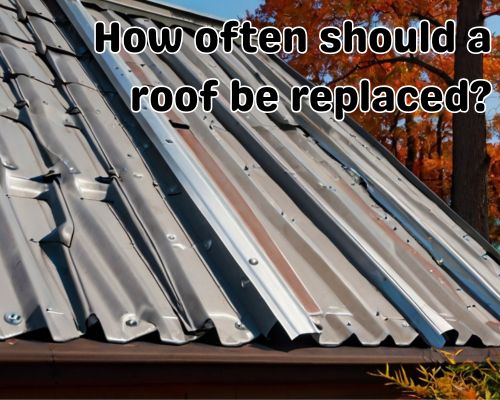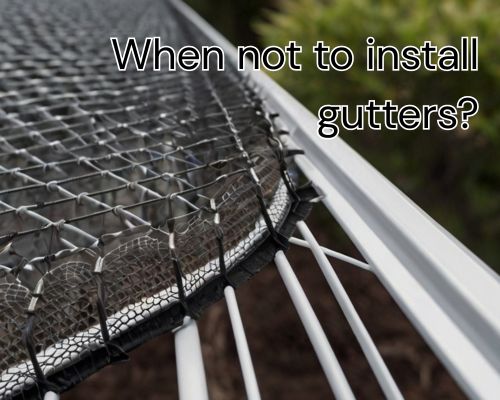How to Choose the Right Dumpster Rental in Springfield MOHow to Choose the Right Dumpster Rental in Springfield MO
Finding the right dumpster rental in Springfield MO depends on several factors: the type of project you’re tackling, how much debris you expect to dispose of, and how long you’ll need the container. With multiple service providers and a variety of sizes available, knowing what to look for helps streamline the decision and avoid unexpected costs.
The first step is understanding your project’s scope. For home cleanouts, small remodeling jobs, or yard debris, a 10- or 15-yard dumpster is often enough. These compact containers are ideal for fitting in driveways and tight residential spaces. For medium-to-large projects—such as full home renovations, roofing, or multi-room cleanups—20- to 30-yard dumpsters are more common. Construction and demolition jobs may require larger roll-offs, especially when disposing of heavy or bulky materials.
Next, consider weight limits and material types. Each dumpster rental in Springfield MO comes with a specified tonnage included in the base rate. Overages are charged by the ton, so estimating your debris type and volume can prevent extra fees. Heavier materials like concrete, shingles, or soil can hit the weight limit quickly, even in smaller bins. Some companies also provide special containers for heavy loads to help manage this.
Rental duration is another key factor. Most providers offer rentals ranging from a few days to a couple of weeks. If you’re on a tight schedule, look for companies that offer next-day or even same-day delivery and flexible pickup. Projects that take longer than expected may require rental extensions, so it’s useful to check if your provider charges daily or flat-rate fees for additional days.
Price transparency is critical. Many Springfield dumpster services advertise flat-rate pricing, which typically includes delivery, pickup, and disposal up to a certain weight limit. However, it’s important to confirm what’s included and ask about extra costs. These could include overage charges, fuel surcharges, out-of-area fees, or added costs for specific materials like mattresses or appliances.
Scheduling and convenience matter too. A smooth dumpster rental experience means easy booking, prompt delivery, and clear communication. Look for companies with user-friendly websites or online booking tools, or those that respond quickly by phone or email. Services like Rolloff Express, Midwest Dumpster Rentals, and Trash Time Disposal are known locally for reliable timing and responsive customer service.
The type of access to your property can also influence your decision. Not all dumpster sizes are suitable for narrow driveways, steep inclines, or restricted areas. Providers such as Bin There Dump That offer driveway-safe bins with protective boards to prevent damage. For tight urban lots or HOA communities, low-profile or residential-specific containers may be a better fit.
If your dumpster will be placed in a public area—like a street or alley—you may need a permit from the city of Springfield. Not all providers handle permit applications, so it’s best to ask up front whether that’s something they assist with or if it’s your responsibility.
Another consideration is what’s allowed in the dumpster. While most standard rentals accept household junk, wood, drywall, and yard waste, there are restrictions on items like tires, batteries, paints, and electronics. Hazardous or prohibited materials need separate disposal methods. Providers will usually give a list of accepted and non-accepted items in advance.
Customer reviews and local reputation can offer insight into a company’s reliability. Look for consistent feedback on delivery timing, professionalism, billing accuracy, and how issues were handled. Local operators tend to have better knowledge of Springfield-area regulations and can often provide more flexible service than larger national chains.
Finally, think about the support you might need. Some companies provide guidance on size selection, volume estimates, and best practices for loading efficiently. Others may offer optional add-ons like extra pickups or help with recycling.
Choosing the right dumpster rental in Springfield MO means balancing size, price, timing, and service. With a little upfront planning, you can avoid delays, save money, and keep your project on track.




